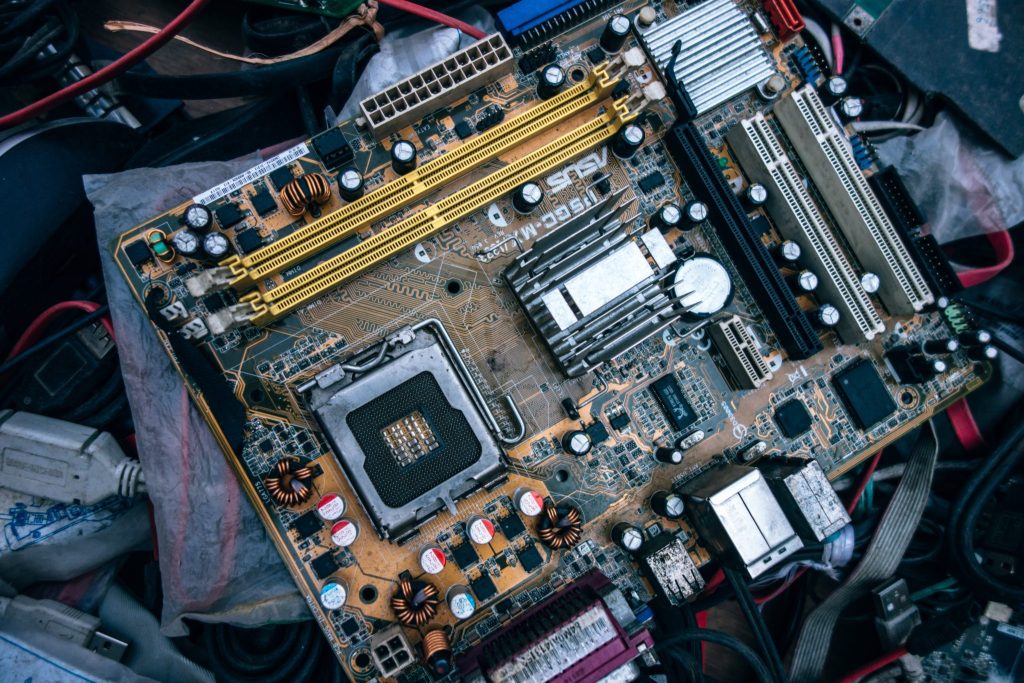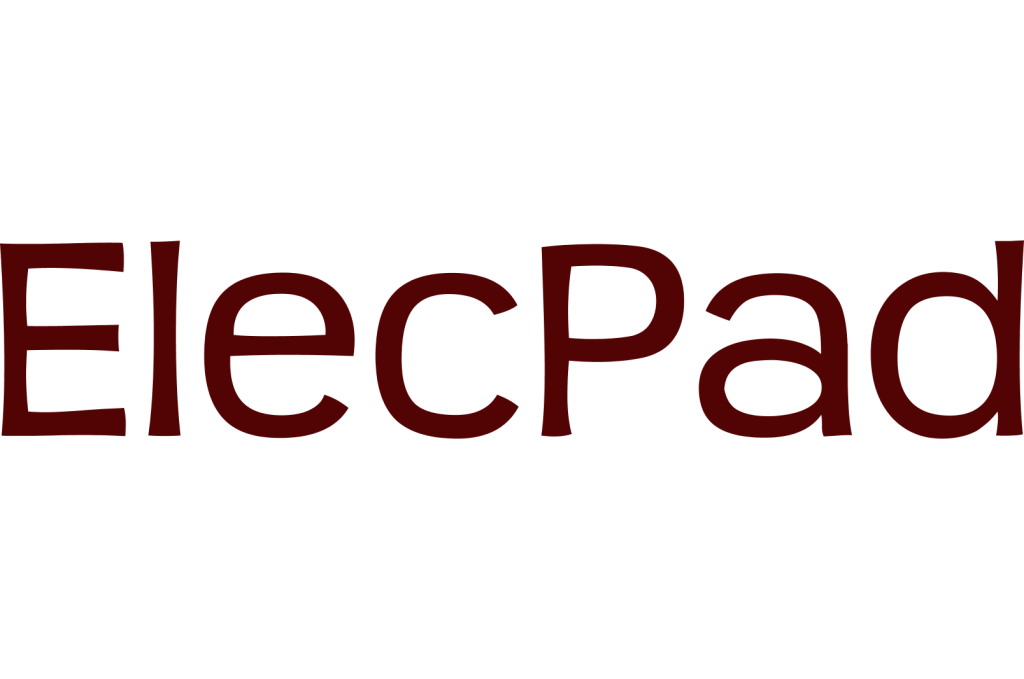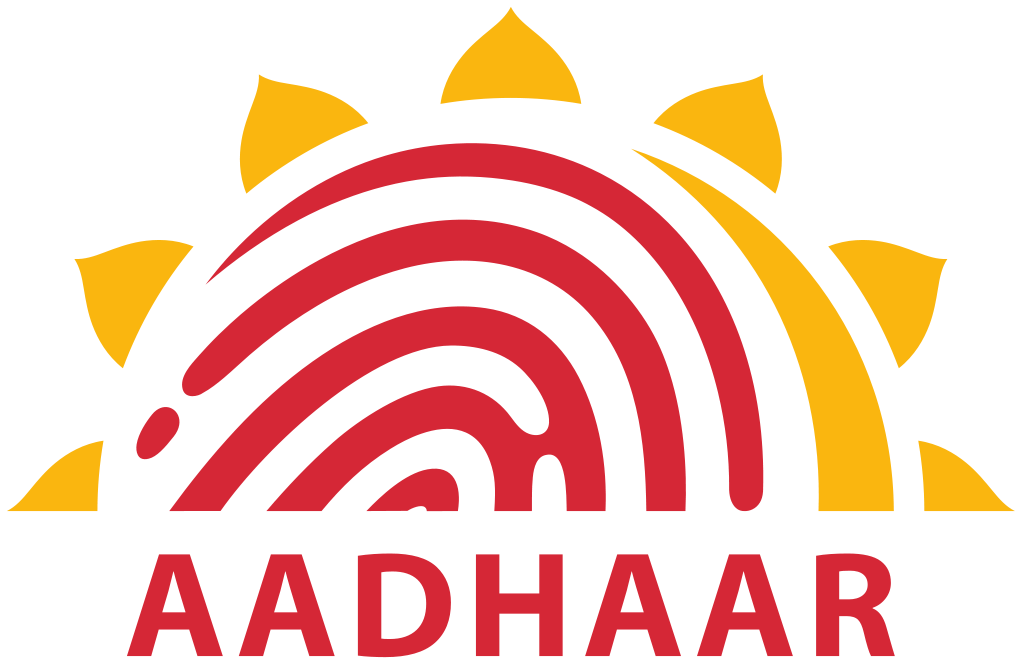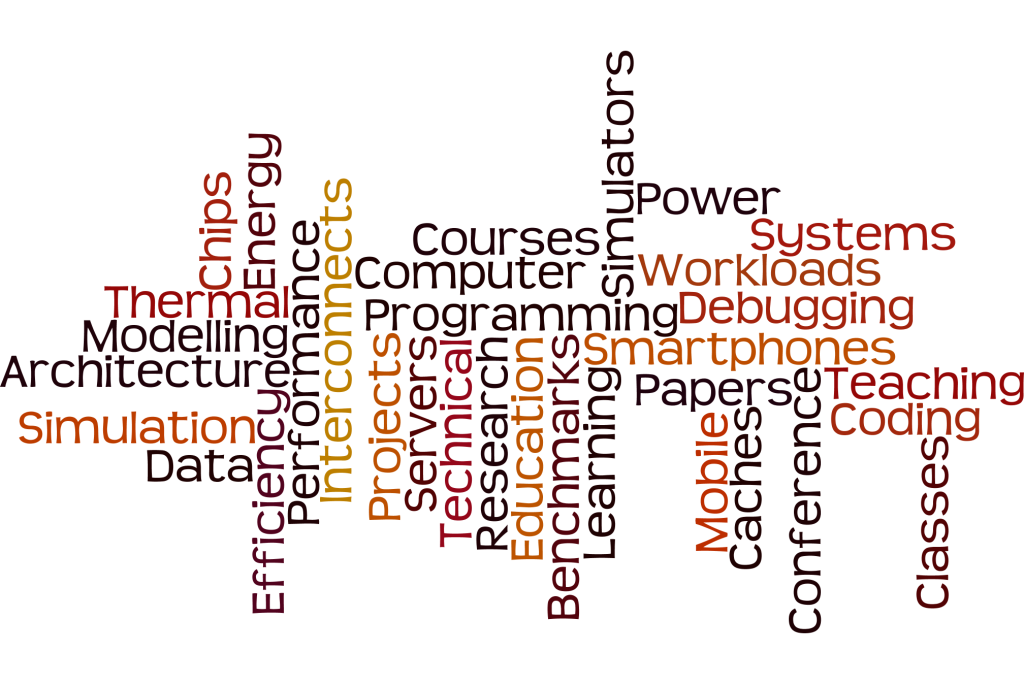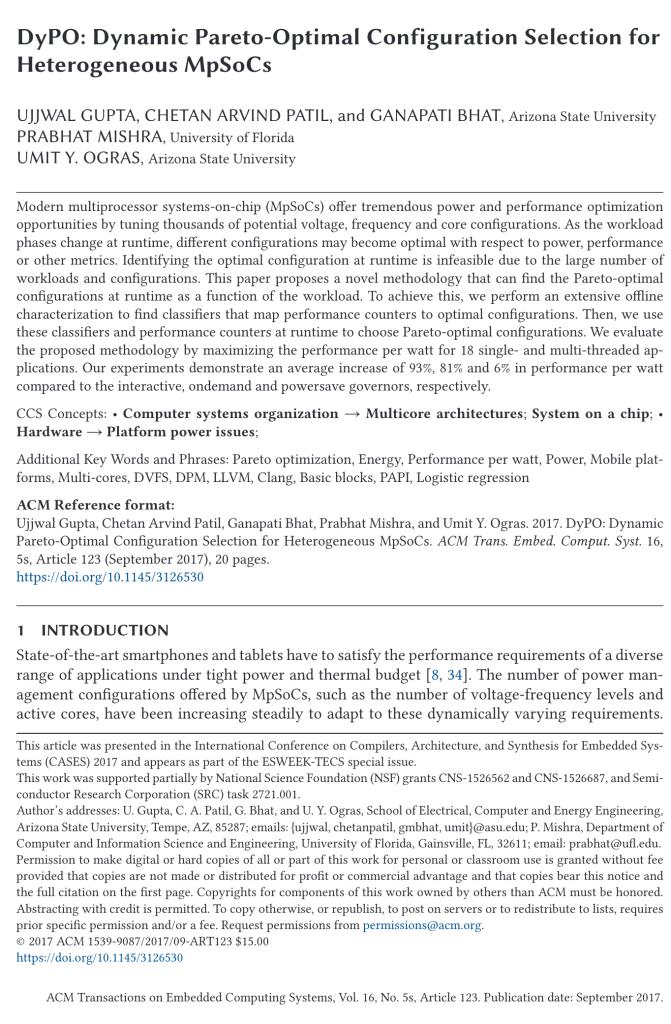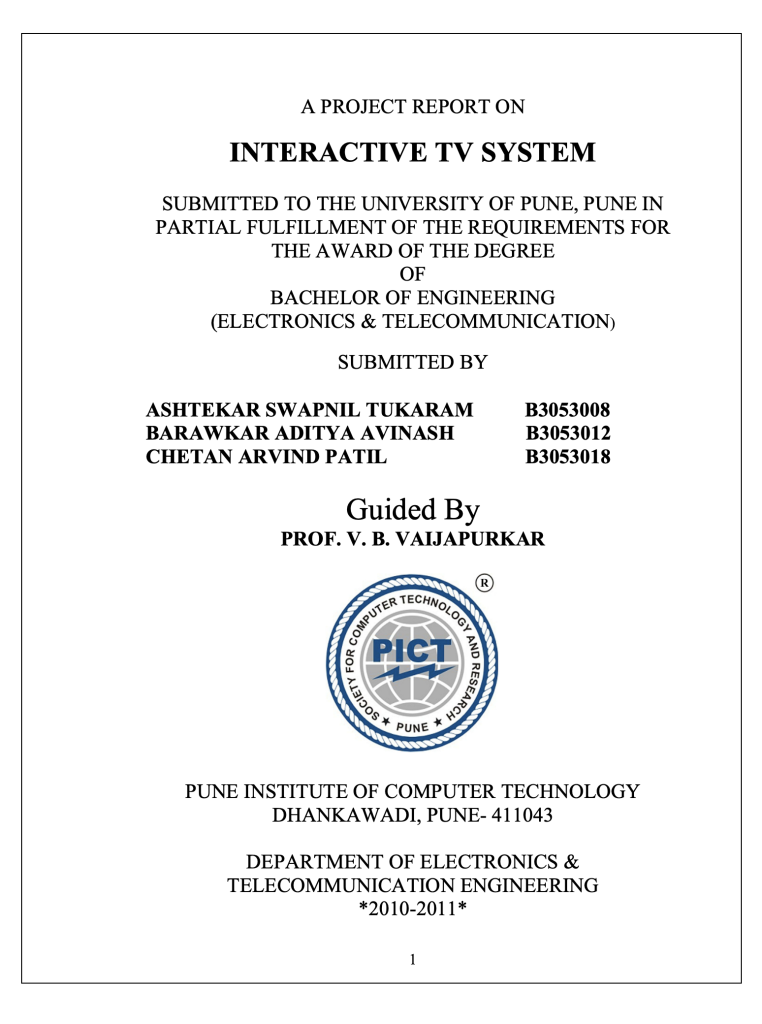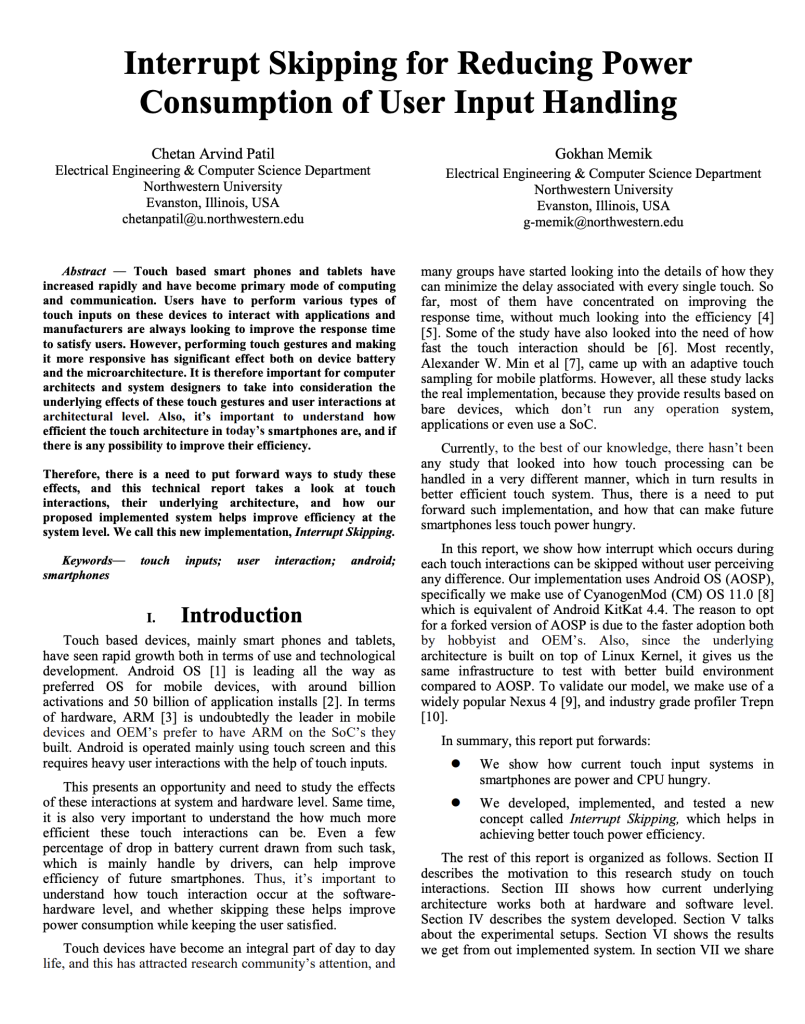Hardware Is Running The World
Photo by Fancycrave on Unsplash In 2011, Marc Andreessen wrote widely read article Why Software Is Eating The World. Last few years saw similar trend to what he projected, but 2016 was special and showed a new trend which not many would have expected in the year 2011. Year 2016: Hardware is running the world. Hardware has always acted like a catalyst in the world of technology, where many things are done with click of button. Eventually, to process all this information and get user what he she needs, one has to have excellent set of hardware tools, right from WiFi chip, to CPU, to routers, to powerful servers. As it has happened every year since 1971, 2016 too quietly kept introducing hardware oriented products with epic performance and perfect solutions. Marc in his article emphasized […]
Hardware Is Running The World Read More »
